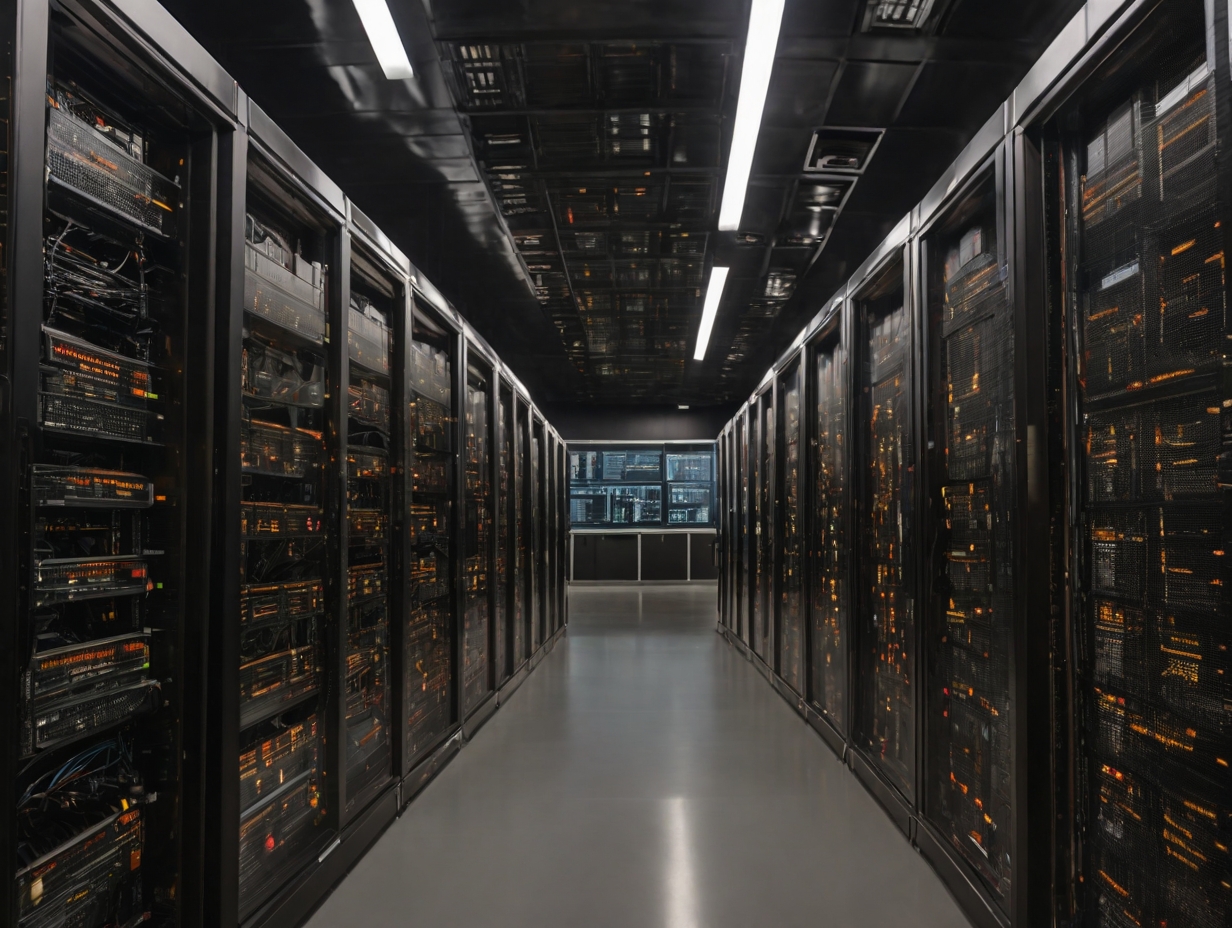While data and storage capacities are multiplying at an increasing pace, the need to organize this complexity can become ever harder, and so are the environmental implications. Nonetheless, the choice of infrastructure to decrease energy consumption, designed to address AI’s needs, gears up organizations to resolve these challenges.
Regarding the technical aspect of big data, you should remember that big data tools and technologies are interoperable and seamless. Hence, the term ‘cold data’ no longer exists. However, if we are more optimistic, we are talking about “warm” data that should be available instantly and depending on demand for data science.
Empowering data scientists with containerization
Flash storage will stand as a sole solution, accounting for the availability that AI operation needs to succeed. This is true because connecting the AI models to the data implies the adoption of a storage solution that ensures prompt availability and quick access to the data even across dissimilar servers throughout – it is usually a tiring task with the help of an HDD storage solution.
The number of companies signing up to science-based sustainability objectives is just one of the drivers forcing them to reconsider the environmental impact caused by storage. The new problem that data owners currently face is storage-hungry AI, which is being tackled by power-efficient technology, the implementation of which helps to deal with it.
Something which will be essential across the board for many organizations is to monitor and report their scopes 3 emissions, which consist of everything from upstream to downstream environmental expense. AI development is associated with a significant influx of data that increases the loads on storage systems. Collaborating with vendors that can offer solutions to power and cooling needs while addressing issues of space generation is the best way to deal with this challenge.
AI data voyage
Data scientists often spend the majority of their time preprocessing and exploring data. Now, they need all the gear, materials, and workstations to do that work efficiently whenever needed.
Python and Jupyter Notebooks have become the daily language and tools for data scientists, and all data ingestion, processing, and visualization have one thing in common – they are all tools that can fit inside what is called a container. Indeed, to achieve the goal, the platform that would support the men at the implementation stage as they would like to do all without the need to spread their work on separate tools is to emerge.
451 Research claims that 95% of approximately all mobile applications are now built using containers, it’s become a crucial role for data scientists to have such a provision that back-end, delivers quickly and efficiently. However, if management doesn’t do that, the result will be those processes slow. In some cases digital transformation can be considered a failed process. Well, it encompasses every aspect of a business, so a problem in data science section will affect aspects of a business.
One of the major issues of IT departments regarding AI is the unreasonable speed of market evolution, which means delegating the learning enterprise working cycles to the dustbin. The appearance of new AI models, frameworks, tools, and methods, which emerge on a regular basis, can have a huge effect on the internal software and hardware engines of AI, including the possibility of massive technology costs.
The AI data voyage, which is a considerable journey of data magnification, is one of the stages in the data lifecycle. With every step we’re taking towards the AI path, metadata is generated. To achieve this, a lot of new infrastructure should be added to cope with the speed of AI development.
This article was sourced from Diginomica.





